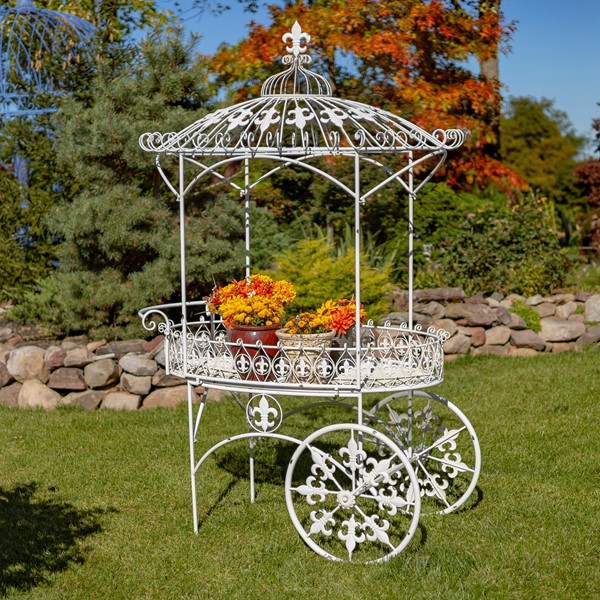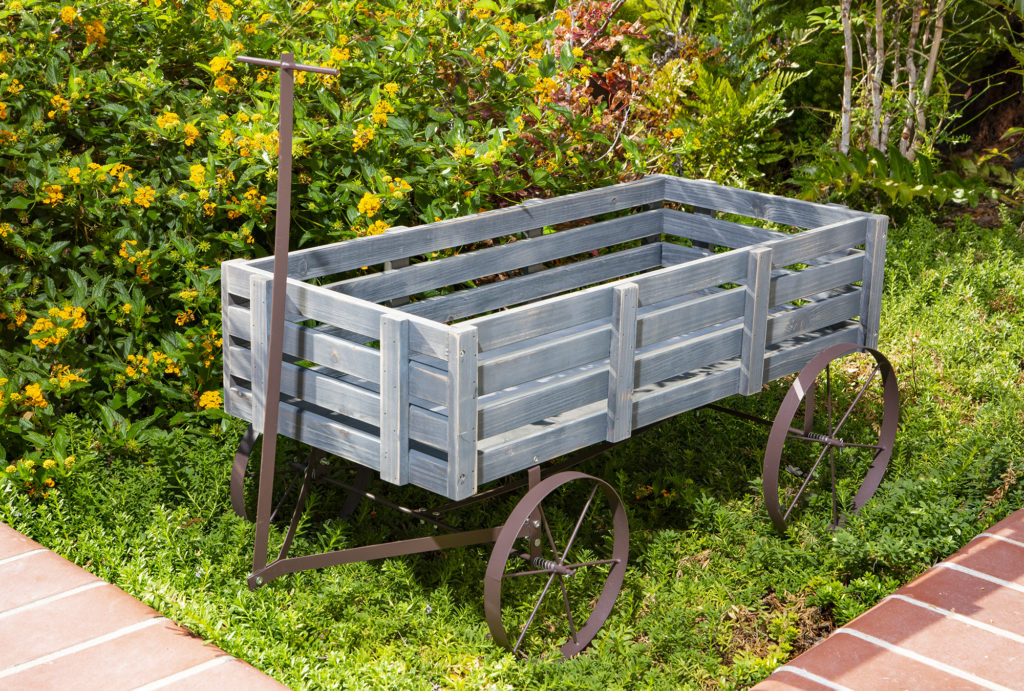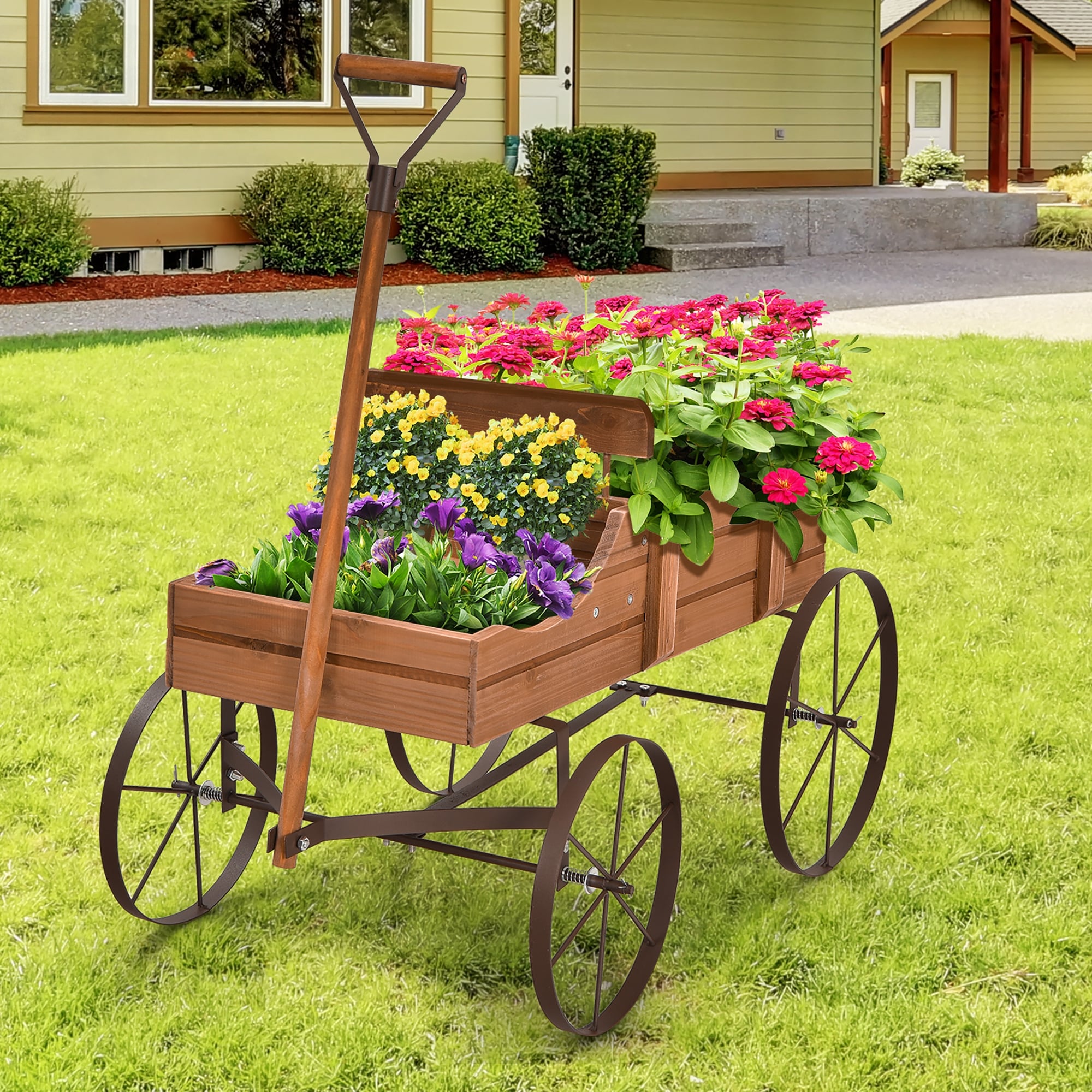Welcome to the wonderful world of decorative wagon gardens! If you’re looking to add a unique touch to your outdoor space, you’ve stumbled upon the perfect article. Let’s dive into the details that will turn your garden into a vibrant oasis using decorative wagons.
Introduction to Decorative Wagon Gardens
Decorative wagon gardens have become increasingly popular among gardening enthusiasts and homeowners alike. These whimsical pieces not only serve as eye-catching focal points but also provide functional gardening solutions. My own journey began when I stumbled upon an old wooden wagon at a flea market, which sparked my imagination. With a bit of creativity, I transformed it into a flourishing garden display, and I can’t wait to share the process with you!
Benefits of Decorative Wagon Gardens
Before we delve into the how-tos, let’s discuss why you should consider creating a decorative wagon garden.
- Enhances Aesthetic Appeal: Adds charm and character to your garden.
- Versatile Usage: Can accommodate flowers, herbs, or vegetables, depending on your needs.
- Space-Saving: Perfect for small gardens or patios.
- Easy to Move: Can be relocated as needed for sunlight or aesthetics.
Creative Design Ideas for Your Wagon Garden
Let’s explore a variety of design ideas that can inspire your decorative wagon garden.
1. Rustic Flower Garden
Fill your wagon with a mix of colorful flowers such as petunias, geraniums, and marigolds. Their vibrant colors will pop against the rustic wood.
2. Herb Wheelbarrow Garden
Utilize your wagon to grow fresh herbs like basil, rosemary, and thyme. It adds both beauty and functionality to your kitchen.

3. Vegetable Wagon Garden
Consider planting dwarf vegetable varieties such as cherry tomatoes and radishes for a functional garden that’s easy to manage.
4. Fairy Garden in a Wagon
Create a whimsical fairy garden by adding miniature decorations and plants that can thrive in small spaces.

How to Create Your Own Decorative Wagon Garden
Now that you have some design ideas, let’s get into the nitty-gritty of creating your own decorative wagon garden.
Step 1: Choosing the Right Wagon
Before doing anything, you need to select a wagon that fits your vision. Here are a few types to consider:
- Wooden Wagons: Classic and rustic, they provide a timeless look.
- Metal Wagons: These offer a more modern aesthetic and are often more durable.
- Plastic Wagons: Lightweight and often colorful, these can be easily moved.

Step 2: Preparing the Wagon
Make sure your wagon is clean and free of any old paint, rust, or dirt. If it’s wooden, consider sealing it to protect from moisture.
Step 3: Adding Soil and Drainage
Use a good quality potting mix to fill the wagon, but remember drainage is key. Consider adding small rocks or gravel at the bottom to help water flow through.

Step 4: Selecting Your Plants
Choose plants that thrive in your local climate and the sunlight conditions of your garden. Here I’ve summarized some great options:
| Plant Type | Sunlight Needs | Watering Needs |
|---|---|---|
| Petunias | Full Sun | Moderate |
| Basil | Full Sun | Regular |
| Cherry Tomatoes | Full Sun | Regular |
| Marigolds | Full Sun | Low |
Step 5: Arranging Your Plants
When arranging, consider height and color. Place taller plants in the back and shorter ones in front for an organized appearance.

Step 6: Adding Personal Touches
Don’t forget to personalize your garden! Consider adding decorative stones, small figurines, or even fairy lights to enhance its charm.
Maintenance Tips for Your Decorative Wagon Garden
Keeping your wagon garden looking fresh and vibrant requires some care. Here are a few maintenance tips based on my experience:

Watering
Your plants will need regular watering, especially during dry spells. Always check the soil moisture before watering to avoid over-watering.
Fertilization
Use a balanced fertilizer to keep your plants healthy. Follow the recommendations on the fertilizer package for best results.

Pest Management
Keep an eye out for pests that can damage your plants. Natural remedies like neem oil can help keep your garden healthy.
Seasonal Changes
As the seasons change, be ready to swap out plants. For instance, consider filling your wagon with autumn colors like chrysanthemums in the fall and evergreens in the winter.
Pros and Cons of Decorative Wagon Gardens
Like any garden project, decorative wagon gardens have their advantages and drawbacks. Here’s a quick glance:
Pros
- Unique and eye-catching designs.
- Great for small spaces.
- Can be easily relocated.
- Offers variety in planting styles.
Cons
- May require periodic maintenance.
- Can dry out more quickly than traditional garden beds.
- Initial setup can be time-consuming.
Frequently Asked Questions (FAQs)
1. Can I use a metal wagon for gardening?
Yes, metal wagons can be used effectively for gardening. Ensure proper drainage to prevent waterlogging.
2. How do I prevent my plants from drying out in the wagon?
Choose moisture-retaining soil and cover the surface with mulch to help retain moisture.
3. What are some low-maintenance plants for a wagon garden?
Consider hardy plants like succulents, marigolds, or lavender that require minimal care.
4. How often should I replace the soil in my wagon garden?
It’s advisable to refresh the soil every one to two years to maintain plant health.